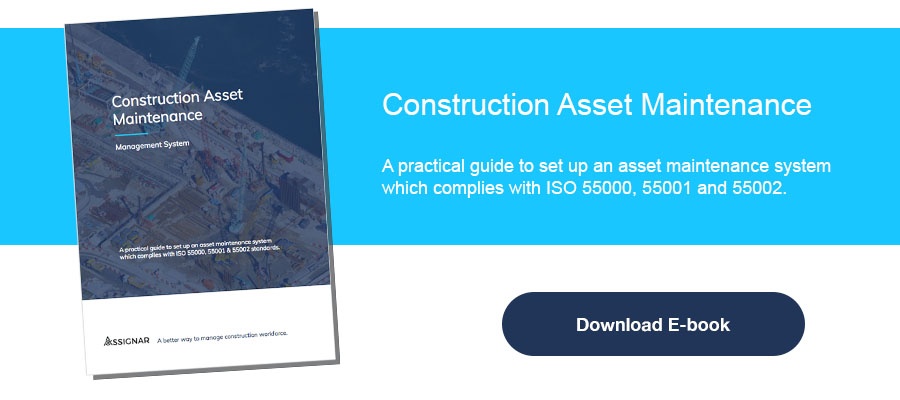Establishing a reliable Asset Management System never comes without a cost in invested funds, personal effort, and dedicated time. However, when approached with proposed goals, objectives, and directives, your company can reap a rapid Return On Investment (ROI). As such, effective asset management pays for itself. And without access to such regulated and integrated asset supervision techniques, your fleet maintenance quality control system will never be fully functional.
Value of a Functional Integrated Asset Management System
Never limit fleet-based quality control to the mere function of tracking product and service defects. A cost-effective asset management system greatly exceeds the functionality of pen-to-paper or spreadsheet-originated performance records. Rather, a cost-effective asset management system enables rapid, easy and reliable accumulation of data on matters pertaining to:
- Asset suitability for specific jobs
- Asset availability
- Asset compliance to current and previous maintenance specifications
- Asset quality assurance via independent certifications
- Asset compliance to globally recognized ISO 55000 standards
- AND so much more.
And you need it all packed into an intuitive, responsive and organized digital cloud data network. This is the value of a fully functional integrated asset management system.
5 Basics of An Integrated ISO 55000 Compatible Asset Management Program
1) Controlled Risk Factors: Reap the ROI of reduced liabilities associated with lower insurance premiums due to an increased performance in health and safety monitoring and reporting. Enjoy the cost-savings of fewer operational faults, fines and penalties. And experience the pleasure of growing your company reputation as an environmental and socially conscious provider of goods and services.
2) Enhanced Services and Productivity: Imagine a process that enables your company with the ability to consistently exceed the anticipated goals of your customers, employees and stakeholders. Applied asset management technology enhances fleet performance and service reliability.
3) Verified Quality Compliance: When integrated with functional asset administration processes, your fleet management quality control program can easily provide evidence of transparent conformity to current and future statutory and fixed QC requirements.
4) Sustainable Organizational Improvements: Efficient management of both short and long-term organizational expenditures, effects and performance promote great ROI. An integrated asset management system helps ensure that company-wide organizational improvements remain sustainable and reliable.
5) Superior Effectiveness Toward Organizational Objectives: Effectively designed and implemented asset management technology promotes company-wide quality and performance efficiency. Use the system to reap rapid and reliable feedback on asset performance, asset effectiveness and asset efficiency. Convert the feedback into superior effectiveness toward reaching and maintaining your organizational objectives.
Direct, Coordinate and Control, The Core Of Reliable Fleet Maintenance Quality Control
Establishing effective fleet maintenance and asset control involves three basic components. The system must enable:
- Direct insight into fleet scheduling, histories, maintenance and unit identification
- Coordination of asset availability, operator qualifications, and jobsite compliance standards
- Control of all aspects pertaining to fleet fault reports, maintenance assurance processes, and current mechanical complications.
This simplified discussion merely hits the fundamental requirements involved in setting up fully functional asset management technology.






